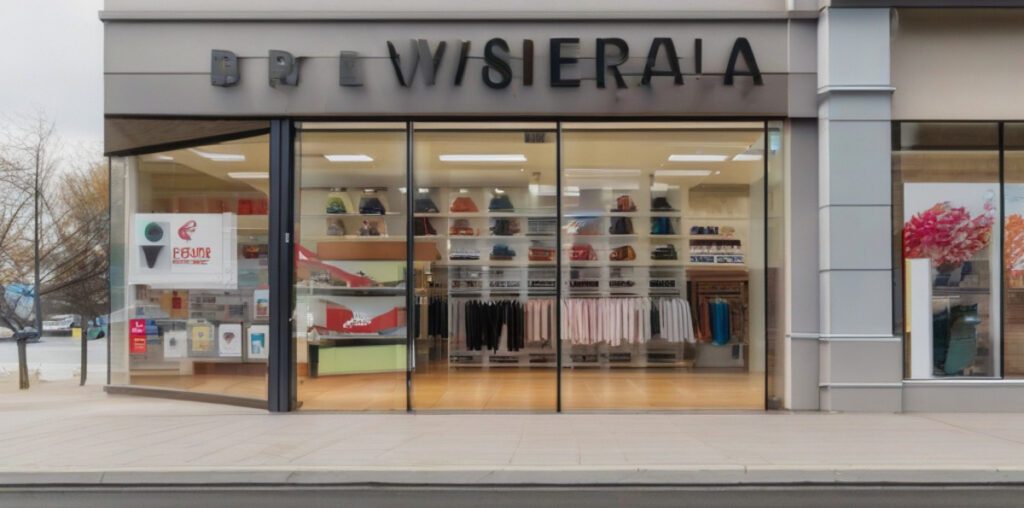[[{“value”:”
Australia is famed for the vibrancy of its retail sector. Retail businesses employ almost one and a half million Australians nationwide.
They’re the fabric that holds highstreets and entire communities together, but they’re facing sizable threats from overseas competition in 2024. Whether it’s Amazon, Temu or Shein, global retail titans are growing rapidly in Australia.
Amazon generated more than AUD$6 billion in Australia last year alone, and continues to invest heavily in building state-of-the-art fulfilment centres, while both Temu and Shein exceed $1 billion in sales in the last 12 months. Whether it’s their price points, efficient delivery or unlimited choice, they’ve successfully identified what shoppers want, and are meeting and exceeding those expectations.
However, while price, delivery and choice are important, they’re by no means the only things shoppers want from retailers. Far from it, in fact. Australian consumers want to support local businesses, according to Lightspeed research, and will prioritise those who they feel connected to on a meaningful, rather than purely transactional, basis. For all their financial might, this is a playing field on which global competitors will struggle to compete against local retailers.
So how can the local retail industry use concepts like community and connection as their foundation for growth?
Community, connection and customer retention
Cost-of-living pressures have been one of the defining domestic talking points in Australia for the last 12-24 months. Consumers are being more cautious in their spending, and more considered in the brands they’re spending with. But that’s not to say that price is all they’re looking for when choosing brands.
According to research from Lightspeed, one in three (34%) Australians said access to deals for locals would persuade them to shop with a brand, while a quarter (25%) look for unique and locally-made products, and a further one in four (25%) want personalised customer service. Emphasising the impact of community and connection, 24% want local businesses with whom they have shared values.
It is on this front that local retailers – whether independent family-run stores or Australia’s leading local retail brands – can forge an advantage over global threats.
You cannot build without bricks and mortar
While eCommerce continues to boom, with Australia Post data showing that we spent $63 billion online in 2023, bricks-and-mortar remains essential. Leaning into their local store can drive important gains for retailers, particularly as Lightspeed research shows that 76% of Australians still shop in-store at least once a month. Almost half (45%), meanwhile, research a product online before visiting the store. It’s essential, therefore, that retailers use an omnichannel strategy to build that local footprint.
Offers of discounts for locals – whether as a decal in a window display or in an online widget requesting their postcode – would grab the attention of the 34% of Australians who want access to special offers for locals. Loyalty programs or ‘buy two get a third free’ are effective ways to appeal to locals, whilst still focusing on upselling. These same tactics can also be applied to improving personalisation.
We know Australians love the tactile nature of a trip to a local store, whether it’s to touch and try on a product, or have a conversation with an expert or owner. Using an online store to capture their attention while they’re in the research phase, before steering them into store, is something that Amazon, Temu and Shein – with their pure play models – cannot replicate.
When in-store, local retailers can really press home their advantage. Conscious consumers are becoming more reluctant to engage with fast fashion or products produced in eye-watering quantities. So rather than focusing on why their product might be more expensive than a similar item on a global marketplace, they should focus on why it is more valuable, what makes it unique and how the materials and or labour was locally and responsibly sourced.
After all, consumers prioritise items that are one of a kind, not one of a million. They’re also increasingly preferring to make purchases from environmentally friendly and socially conscious brands. Remember, 24% of Australians look for local businesses with whom they have shared values. By their very nature, a local highstreet retailer is more relatable than a global retail brand without a local store front or workforce.
So retailers should focus on how they can play into their shared values; whether it’s talking about their environmental and social policies, the mission and values guiding their brand, community initiatives they’re involved with, their hiring practices, how and where they source materials and more. When a shopper feels greater connection to a retailer, the more likely they are to engage with them.
As consumers, the purchases we really remember and value are those where we had a fantastic experience with a local retailer who was genuinely interested in us as a customer, passionate about their product and eager to help. So if retailers play to their strengths and understand that ‘being local’ still carries huge weight for Australian consumers, there are plenty of opportunities to grow and succeed in the months and years ahead.
Keep up to date with our stories on LinkedIn, Twitter, Facebook and Instagram.
“}]]





